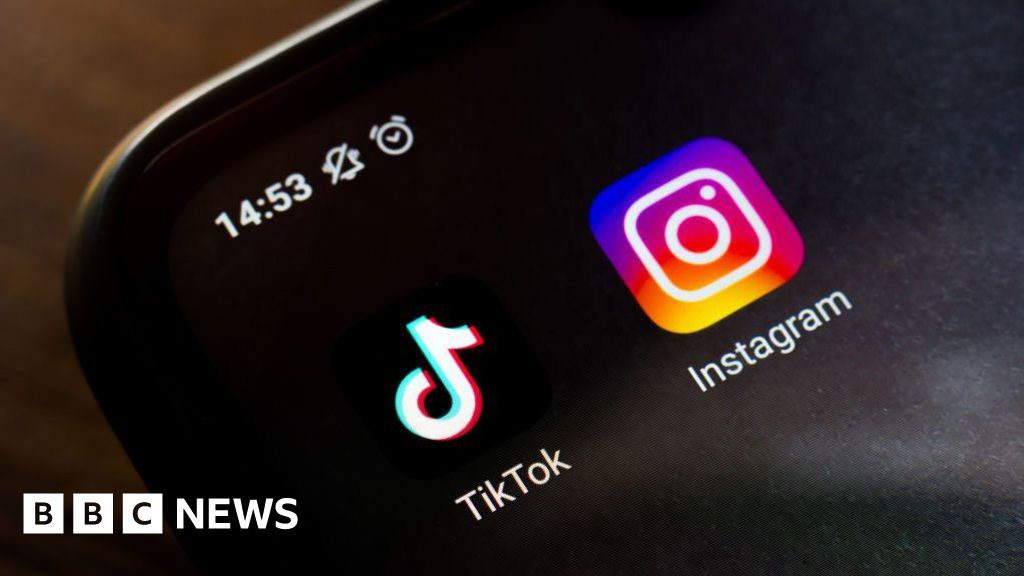The six-foot-tall spacecraft, designed and operated by the Pittsburgh-based Astrobotic, lifted off successfully from Cape Canaveral at 2:18 a.m. Monday atop a rocket provided by the United Launch Alliance, a joint venture of Boeing and Lockheed Martin, and was able to communicate with controllers on the ground. But seven hours after launch, the company said the spacecraft had suffered a failure in its propulsion system and was leaking fuel.
The company said it had been able to reorient the craft so that its solar panels could recharge its battery and expressed initial optimism that at least parts of the mission could be salvaged.
But by late Monday, the company said that the wounded spacecraft was continuing to leak propellant and fighting against an “uncontrollable tumble” as it limped toward the moon.
The goal for the mission, the company said, was no longer a lunar landing but rather “to get Peregrine as close to lunar distance as we can before it loses the ability to maintain its sun-pointing distance and subsequently loses power.”
The vehicle is carrying a suite of science experiments but no people.
The company said that with the propulsion system problem, the spacecraft’s attitude control system thrusters were fighting “well beyond their expected service life cycles to keep the lander from an uncontrollable tumble.” If they could continue to fire they could keep the spacecraft stable for an additional 40 hours “based on current fuel consumption” before losing power.
Heading into the launch, leaders from Astrobotic and NASA said they were fully aware of the difficulties of attempting to land a spacecraft on the moon and that their attempt followed recent failures by several countries and private companies.
“If you look back at the course of history, only about half those missions have been successful. And most of those have been funded by superpowers with vastly larger budgets than this mission has been granted. So it’s a really, really big challenge,” John Thornton, Astrobotic’s CEO, told reporters in a prelaunch briefing.
But he said it won’t be the last attempt for NASA or Astrobotic, which intends to fly another mission to the moon later this year.
“There’s a train of next launches behind me,” he said. “We have our own launch coming up later this year. So in the event that we have a bad day somewhere along the mission, we’re going to be gathering all of the data that we’ve received up to that point, and we’re going to learn from it. And we’re going to help industry learn from that. We’re going to get smarter and we’re going be ready for the next one.”
When it first announced the program of sending a fleet of commercial, robotic spacecraft to the moon, NASA’s leaders said they knew some of them would fail and used a sports analogy to describe their approach: “We’re taking shots on goal.”
NASA has another shot coming up in mid-February, when Intuitive Machines, a Houston-based company led by former NASA executives, is set to launch its spacecraft for a landing near the moon’s south pole. If all goes well, it would be expected to touch down on Feb. 22.
Despite Astrobotic’s apparent failure, the twin missions represent an extraordinary moment in space exploration, as the growing commercial space sector seeks to extend its reach beyond low Earth orbit to the moon, some 240,000 miles away. It also is a significant moment for NASA, which commissioned the flights, with more to come, as part of an effort known as the Commercial Lunar Payload Services program. NASA plans to spend $2.6 billion on the effort over 10 years. Astrobotic’s contract with NASA was worth $108 million.













